Following tentative signs of improvement in April, annual house price growth softened again in May, falling back to -3.4% (from -2.7% in April).
However, this largely reflects base effects with prices broadly flat over the month after taking account of seasonal effects. Average prices remain 4% below their August 2022 peak, comments Robert Gardner, Nationwide’s Chief Economist
Recent Bank of England data had shown some signs of recovery in housing market activity, although the number of mortgages approved for house purchase in March was still around 20% below pre-pandemic levels.
Gardner continued, moreover, headwinds to the housing market look set to strengthen in the near term.
While consumer price inflation did slow in April, it was a much smaller decline than most analysts had expected.
As a result, investors’ expectations for the future path of Bank Rate increased noticeably in late May, suggesting it could peak at c5.5%, well above the c4.5% peak that was priced in around late March.
Furthermore, rates are also projected to remain higher for longer.
If maintained, this is likely to exert renewed upward pressure on mortgage rates, which had been trending down after spiking in the wake of the mini-Budget in September last year.
Nevertheless, in our view a relatively soft landing remains the most likely outcome since labour market conditions remain solid and household balance sheets appear in relatively good shape.
While activity is likely to remain subdued in the near term, healthy rates of nominal income growth, together with modestly lower house prices, should help to improve housing affordability over time, especially if mortgage rates moderate once Bank Rate peaks.
| Headlines | May-23 | Apr-23 |
|---|---|---|
| Monthly Index* | 517.5 | 518.2 |
| Monthly Change* | -0.1% | -0.4% |
| Annual Change | -3.4% | -2.7% |
| Average Price(not seasonally adjusted) | £260,736 | £260,441 |
Chris Druce, Senior Research Analyst at Knight Frank, comments:
“With fewer transactions at the start of the year due to the uncertainty caused by the mini-Budget, UK house price data has oscillated in recent months.
However, today’s figures from Nationwide suggest that we’ve entered into a more stable period.
There is still an element of price exploration playing out in the residential property market, as buyers and sellers adapt to the reduction in spending power that has occurred due to the significant increase in borrowing costs over the last 18 months.
While an improved economic outlook and solid jobs market has supported buyer sentiment in recent months, and created an active spring sales market, further expected increases in borrowing costs after last week’s inflation figures will act as a brake.
We expect this pressure, combined with an increase in supply relative to the pandemic period, will see UK property prices fall by a few percent this year.”
Mark Harris, chief executive of mortgage broker SPF Private Clients, comments:
“With inflation falling, but not as much as forecast, markets are now pricing base rate to peak at 5.5 per cent.
Subsequent volatility in swap rates, which underpin the pricing of fixed-rate mortgages, means the latter are being pulled at short notice and either withdrawn completely or returning at significantly higher rates.
Borrowers should not panic but seek advice from a whole-of-market broker and book a rate in advance of when they need it if they are worried.
If rates fall by the time you come to take out your mortgage, you should be able to opt for a cheaper one.”
Jeremy Leaf, north London estate agent and a former RICS residential chairman, comments:
“Just as with HMRC’s disappointing but hardly surprising transactions numbers, this respected house price index is also a little historic.
The figures reflect what was happening not just after the mini-Budget in September when so much activity paused but also the improvements since.
Continuing worries about the cost of living highlighted in the recent core inflation numbers are compromising confidence and having a knock-on effect on mortgage cost and availability, inevitably leading to a softening of property prices.”
Tomer Aboody, director of property lender MT Finance, comments:
“As more positive signs were showing in the first few months of the year, this slowdown is a sign of continued uncertainty in the market, with rate rises continuing and possibly hitting a much higher peak than originally indicated.
As the Bank of England struggles to get inflation under control, many sellers and buyers are holding off to see what the next few months have in store.
Should we then see a halt to consecutive rate rises, this will give them more confidence to proceed.
Some government intervention in the housing market will be expected in the next few months in order to push the economy in a more positive direction, as the general election will come around very quickly.”
Director of Benham and Reeves, Marc von Grundherr, comments:
“We’ve seen a promising start to the year so far in terms of buyer interest returning to the market but what we’re simply not seeing is this interest convert at the same rate.
This buyer hesitation has been largely spurred by increasing interest rates and while the market is standing firm, it’s this more tentative approach to buying that is causing house prices to stutter.”
Managing Director of Barrows and Forrester, James Forrester, comments:
“The market has continued to tread water where the current rate of house price growth is concerned and with a further hike to interest rates likely this month, we can expect this subdued performance to remain over the coming months.
Those sitting on the fence in anticipation of a return to the pandemic glory days of double digit price growth will be sitting for some time.
However, the outlook is broadly positive and while a natural correction was always likely, we are yet to see any inkling of a market crash.”
Managing Director of House Buyer Bureau, Chris Hodgkinson, comments:
“Market performance so far this year has been inconsistent, to say the least, and this uncertainty is proving problematic for the nation’s homebuyers and sellers who continue to tussle when negotiating on price.
The consequence of this back and forth is a more protracted transaction timeline and a greater threat of sales falling through.
That said, buyer activity is building and while the current landscape is certainly more difficult, those who are able to negotiate it are still securing a good price for their home.”





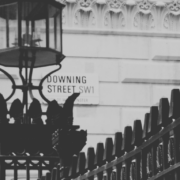
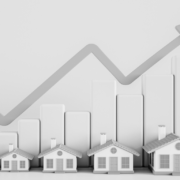
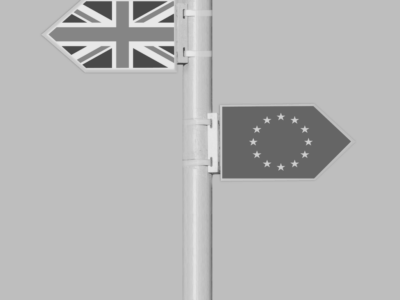
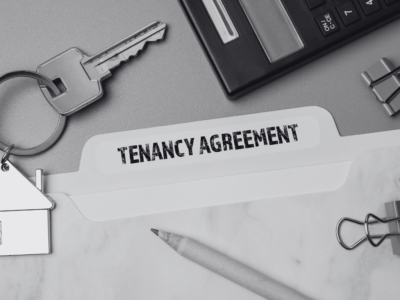
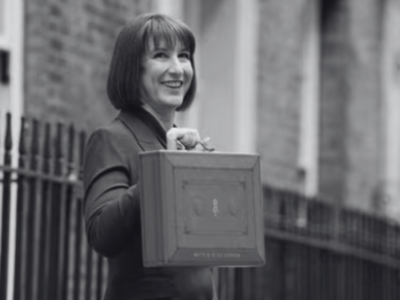




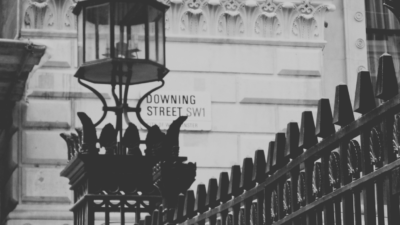
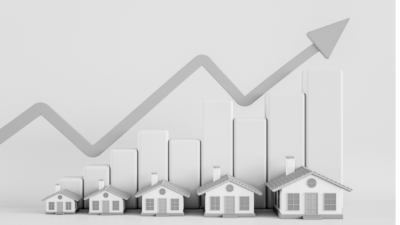





Comments